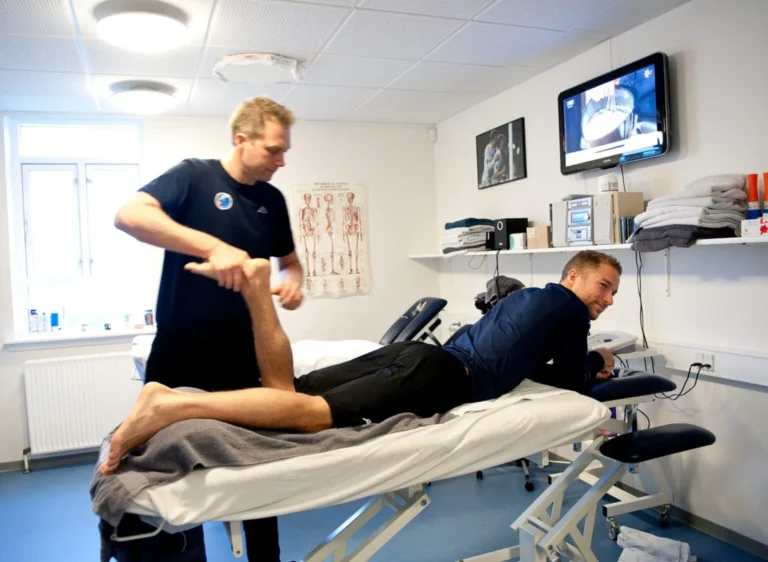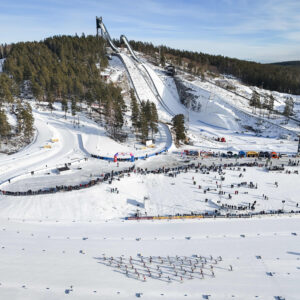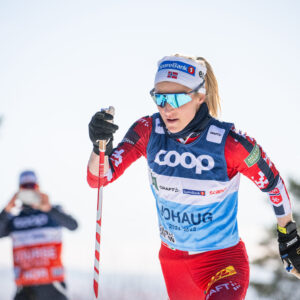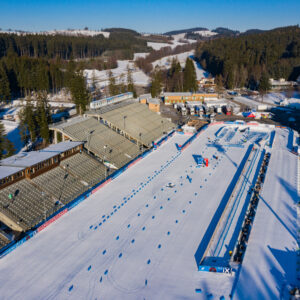The trick that elevates the skin ski experience
A few extra seconds of preparation is all it takes. Check out the difference with and without impregnation of your skin skis.
It takes less than a minute to impregnate the skin on your skin skis. No waxing cabin, tools, or extensive preparation is needed. All it requires is a quick spray over the skin with an impregnation spray or a so-called skin care spray, along with cleaning paper, often referred to as fiberlene. The benefits are numerous.
Firstly, the skis gain significantly better glide, and you reduce the risk of ice buildup. But the impregnation also helps the skin absorb much less moisture during your ski trip.
Jan Olav Bjørn Gjermundshaug, a product developer at Swix, has tested and documented the difference in moisture absorption after one kilometer, two kilometers, three kilometers, and four kilometers in typically wet conditions.
“The effect of the impregnation is remarkable. A skin without impregnation absorbs so much moisture that you can see the difference within minutes,” says Gjermundshaug to Langrenn.com.
After two kilometers, the difference between an impregnated and untreated skin is even greater, and in the last two measurement intervals, the untreated skin is so wet that Bjørn Gjermundshaug wants to remove it and wring it out.
“I can’t measure the exact amount of water it absorbs without removing the skin after each kilometer, but as shown in the photo series (see below), the untreated skin is completely soaked after just 2 kilometers. Meanwhile, the impregnated skin remains just as dry and fine even after four kilometers,” says Gjermundshaug.
Curious about which skin skis to buy? Check out our extensive skin ski test here.
Saves Energy and Enhances the Experience
First and foremost, impregnation provides better glide right from the start. But since the skin doesn’t absorb as much moisture throughout the trip, it also saves weight compared to a completely soaked skin. A drier ski glides better on the snow.
Both better glide and lighter skis contribute to more speed and forward momentum while saving energy—kilometer by kilometer. This means you can ski farther and experience more.
The warmer the conditions, the wetter the skin becomes without treatment before the ski trip, making impregnation even more important. And the longer you plan to ski, the more this preparation affects your energy levels and, most importantly, your mood—ultimately enhancing the overall skiing experience.
Do you have skin skis with movable bindings? Then you need to know these tricks.
How to Impregnate the Skin and What Equipment Do You Need?
“Impregnation requires minimal effort, and you only need cleaning paper in addition to the impregnation spray. Just spray it on and wipe it off—it takes only a few seconds”, says Gjermundshaug.
Does it take long to impregnate the skin?
“You can ski immediately after impregnation, but the effect wears off faster. If you let the impregnation dry for 15 to 30 minutes before wiping it off, it will last much longer.”
How often should the skin be impregnated?
“You should impregnate the skin before every ski trip.”
How can you tell when it needs to be done?
“You can’t see when the skin needs impregnation, but I would absolutely recommend doing it before every trip, especially in wet conditions,” says Bjørn Gjermundshaug.
The Backcountry Touring Trick
Ski touring, also known as randonnée skiing, is one of the fastest-growing segments in skiing and outdoor activities.
Bjørn Gjermundshaug advises that impregnating the long, detachable skins used for backcountry touring skis works just as well as on the integrated skins found on classic cross-country skin skis. However, for randonnée/backcountry skis, the weight savings and glide difference are even greater since these skins are significantly longer than the integrated skins on cross-country skis.
Read more related articles at ProXCskiing.com.










